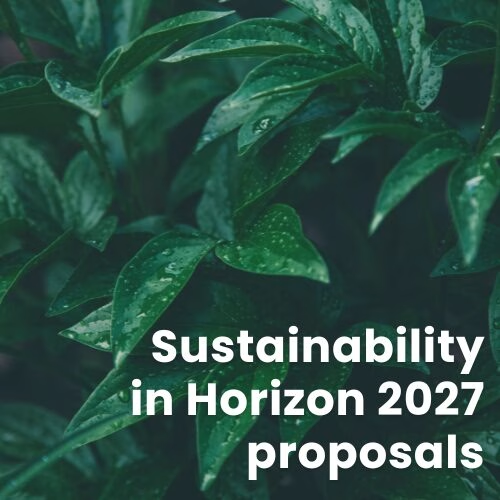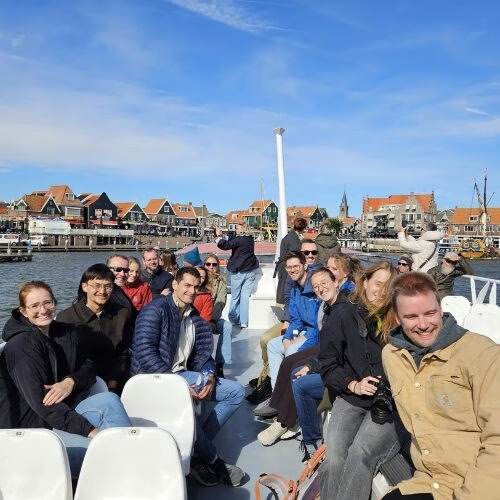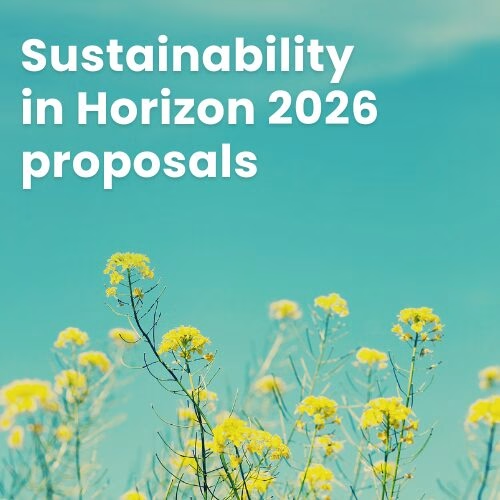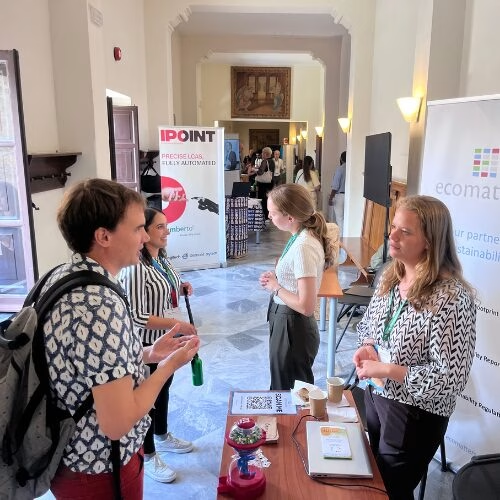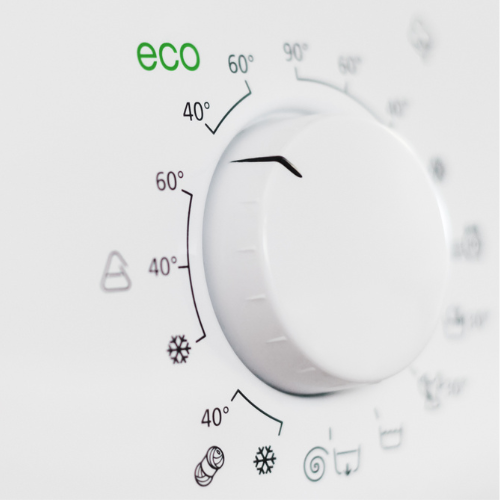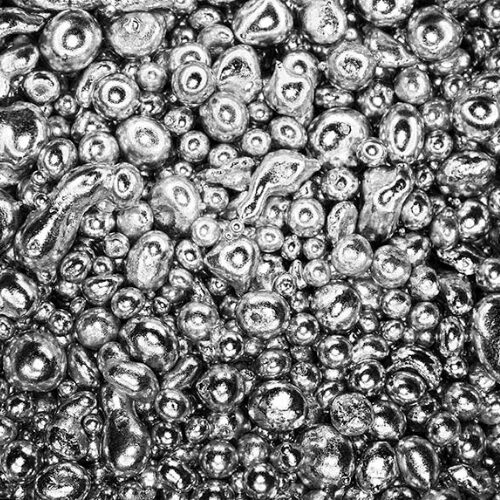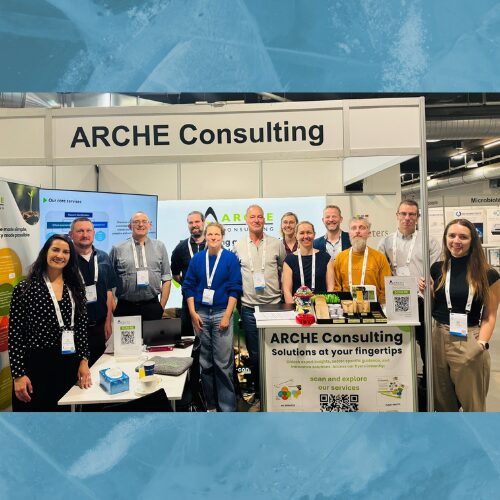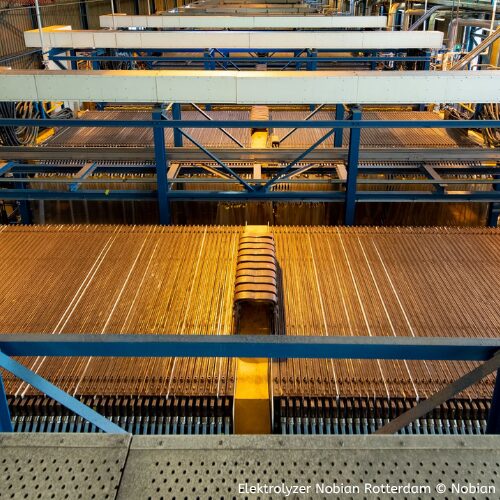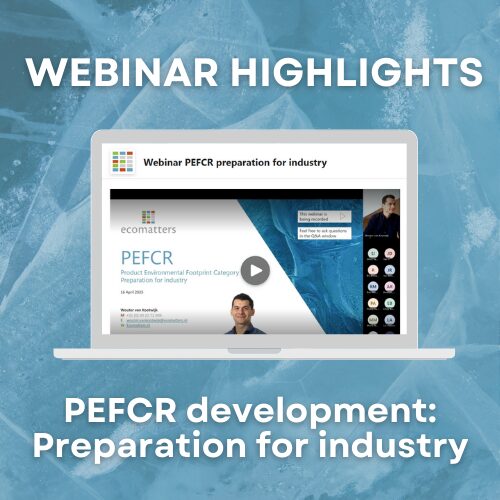As the environmental impacts of plastics get more and more attention from the public and policymakers, more and more innovative solutions appear on the market, together with claims of the “sustainability” of these solutions. Even when the claims are said to be based on assessment of life cycle impacts of a product, they often misalign or even contradict each other, confusing both the policymakers and the consumers. Fair to say, it is partially due to a lack of unification and a rigid common standard of the impact assessment.
To address that, the Joint Research Centre (JRC), the European Commission’s science hub and authors of the overarching product environmental footprint (PEF) methodology, published earlier this summer their recommendation of the Plastics LCA method[1]. The report aims at defining common and harmonised rules to ensure increased consistency and reproducibility of plastics LCA. It is the first part of the Centre’s work on the Life Cycle Assessment of alternative feedstocks for plastics production and covers the theoretical backgrounds.
Generally speaking, the proposed method for plastics LCA builds upon the PEF method updated in 2019, while providing specific guidance on methodological aspects relevant to plastic products in particular. There are a few groups of modifications introduced in the methods, that will impact future studies:
- Focus on emerging technologies. It is clear that the method sprouted from the acknowledgement of the vast number of innovations on the market. Apart from the long-awaited attention to biobased materials and recyclates, the guide gives consideration to more exotic feedstocks, such as those derived from CO2 capture. The guide also recognises that a myriad of different technologies exist and are to come, and provides the first generic tools to handle the future system even when they are not yet commercially available.
- Methodological updates. The method requires a more detailed definition of the systems in question. The functional unit is asked to set not only the function (“what”), its extend (“how much”), period (“how long”) and level of performance (“how well”), but also the geography (“where”) and consumer (“for whom”). System boundaries are detailing processes and activities included in different stages, reflecting the developments in the plastics industry.
- Modelling updates. Given the wide range of very diverse technologies popping up in the plastics industry, it comes as a relief to see the specification of the modelling rules. The guide provides the rules for handling product losses in the distribution and use stage (especially relevant for food packaging), modelling the supply of feedstock in multiple alternatives, modelling of appropriate end-of-life options and handling pre-consumer waste, and gives more specifics to modelling agricultural production relevant for biomass feedstock.
- Introduce rigid definitions of plastics’ end of life. While innovation in the industry is divided between the benefits of a product in its end-of-life versus the benefits of using plastic waste as a feedstock, the LCA community is thirsty for the unification of the rules on how to look at the end-of-life, how to model it and make the results more comparable. That is essential for driving impartial comparison, clear communication of impacts, and more robust recommendations. The guide luckily provides those general and specific rules, considering a wide range of end-of-life options, including mechanical recycling, biological treatments, on-land application of organic material from biological treatments, in-situ biodegradation, incineration, landfilling, and release of plastic products in the environment. Unfortunately, the guide yet excludes chemical recycling technologies.
- Giving guidance into Land use. Given the rise of biobased plastics, it was about time for the PEF method to elaborate on modelling of climate change land use and land use change category (LULUC). Now, clear guidance is given to modelling requirements for direct and indirect land use change, and soil carbon stock. Moreover, the guide also provides a commentary on temporary carbon storage in biomass, and delayed emissions.
- Attempt to tackle additional aspects. It’s a known fact that some environmental impacts of plastics are difficult to tackle with an LCA: plastic pollution and microplastics are on top of the list when it comes to public attention. Acknowledging the importance of communicating these impacts, the guide expands and details the section of additional information to be provided in a study. Among others, the list includes “indirect effects” associated with plastics value chains, impacts on biodiversity, and recommendations for a preliminary method to quantify plastic littering, and micro-plastics generation and release.
Following the theoretical work, JRC is testing the applicability of the proposed method in LCA case studies for a selection of products. Based on the draft report provided for stakeholder consultation, biobased materials might be facing the largest challenges moving forward. The studies with inclusion revisions based on the consultation are expected to be published in the final soon. We would expect the results to outline the priorities within the European policies on plastics. So, keep your eyes peeled for the updates!
[1] Nessi, S., Sinkko, T., Bulgheroni, C., Garcia-Gutierrez, P., Giuntoli, J., Konti, A., Sanye Mengual, E., Tonini, D., Pant, R., Marelli, L. and Ardente, F., Life Cycle Assessment (LCA) of alternative feedstocks for plastics production – Part 1: the Plastics LCA method, EUR 30725 EN, Publications Office of the European Union, Luxembourg, 2021, ISBN 978-92-76-38145-7, doi:10.2760/271095, JRC125046.


